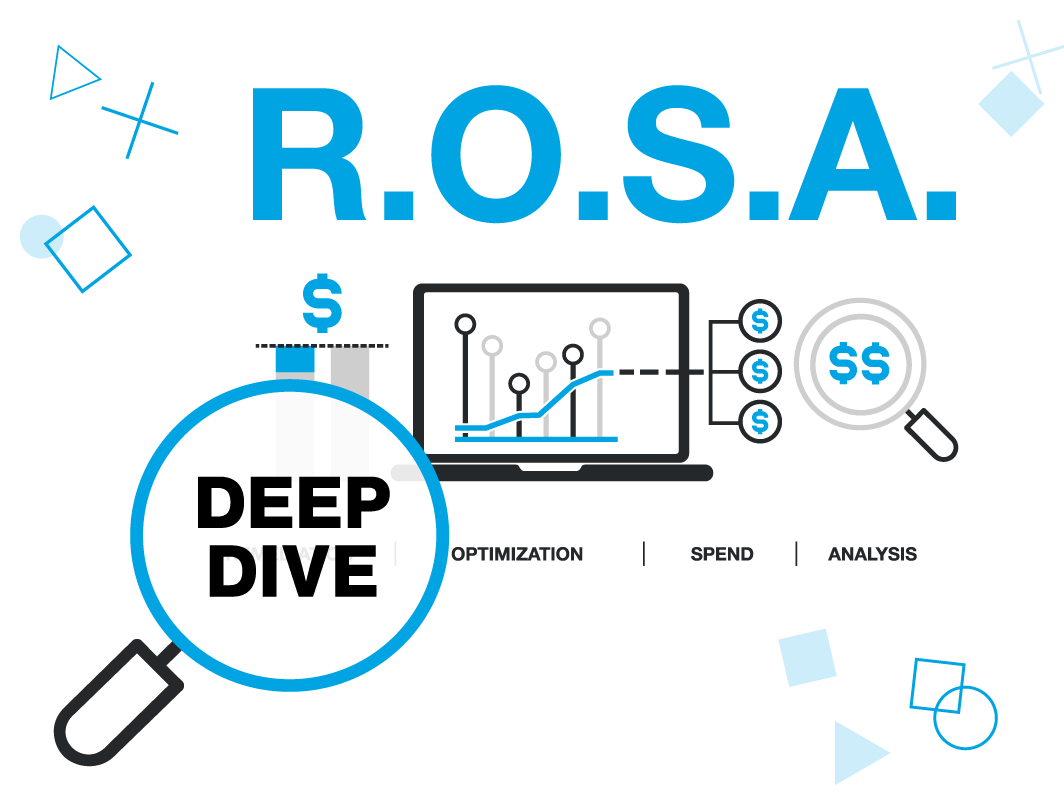Democracy, Data, and DEI: How the New President Will Transform the Pay Equity Landscape

3 minute read
President-elect Biden made inclusion and equity a focal point of the Democratic big-tent strategy during the 2020 presidential election. Even as political striations appeared in national down-ballot races, President-Elect Biden’s decisive victory (and the passing of progressive policies and local ballot measures in various states across the US) are factors that provide insight into the future of the DEI landscape. Additionally, the first-term agenda of the president-elect has clearly outlined coming changes regarding pay parity, work security, and efforts to close the gender pay gap. Organizations and businesses can take a proactive stance now, gleaning insights from the Biden Agenda, as well as the national conversation, in order to predict best practices for adjusting to the coming need for transparency in pay data reporting — either as a means to attract top talent or as a matter of compliance with state law.
A Shifting Policy Landscape
While progressive-leaning candidates took losses in down-ballot races, progressive legislation to raise the minimum wage in Republican-held Florida provides insight into the growing national focus on pay equity issues. The president-elect also showed a strong popular vote in the populous metropolitan areas of red and swing states such as Arizona, Michigan, Illinois, Georgia, and Pennsylvania — where cities like Phoenix, Detroit, Chicago, Atlanta, and Philadelphia contribute the bulk of the states’ GDP and job growth. A 2019 poll by the American Association of University Women showed that a majority of Americans understand the gender wage gap to be a result of bias and support compensatory transparency. As growing economic areas increasingly become progressive bastions (the median household income of democratically held cities has exponentially increased since 2008, while Democratic-voting districts have seen their GDP increase by a third in the same time), the partisan leanings of a disproportionately nfluential cluster of recalcitrant politicians are becoming increasingly irrelevant in comparison to data proving the fiscal benefits of diversity and inclusion, as well as the need to close the gender wage gap. Voluntarily or compulsorily, measures supportive of achieving pay equity will shape the future. The adjustment to the new normal will be a platform for showcasing innovation and initiative.
A Historically Progressive Agenda
Often praised for his coalition building and moderation, the president-elect’s agenda has been called the most progressive in American history, and much of its boldness is allocated towards improving equity and access for American women. A catalog of House-supported efforts to close the gender wage gap, and new legislation to improve access for women – and especially women of color – include the following:
- Increase the talent pool by expanding access to educational opportunities with low-and-no cost options, as well as a more robust and sophisticated approach to student loan forgiveness;
- Allow women more workplace flexibility through expanded access to high-quality, affordable health care, child care, and family leave;
- Pass H.R. 7, The Paycheck Fairness Act, which explicitly requires non-gendered, Bona Fide Factors in the affirmative defense of unequal compensation, with strict guidelines validating those factors; and
- A reinstatement of pay data reporting to the Equal Employment Opportunity Commission (EEOC) (ended by the outgoing administration).
Pay data reporting has already become compulsory in California, after the passage of SB 973, and like the 15-dollar minimum wage and paid family leave, the state seems poised to again represent the future of U.S. labor law. With trends shifting toward greater transparency in compensation reporting and pay equity data audits as a means to close the gender wage gap, companies can take proactive steps to create data structures for recording and reporting pay data. While it may precede the enactment of legislation state-by-state, the benefits of transparency help to increase intra-organizational and extra-organizational perception of social responsibility, and eliminating informational asymmetry can boost morale. As compulsory pay data reporting becomes the norm, forward-thinking organizations should put pay data systems in place now: they’ll not only prove better prepared for changing legislation, but also better positioned to be “beyond compliance” industry leaders attracting a high level of talent and showcasing a complex understanding of corporate responsibility.



